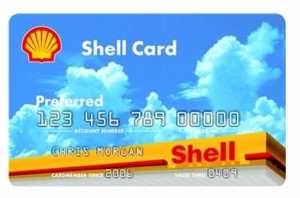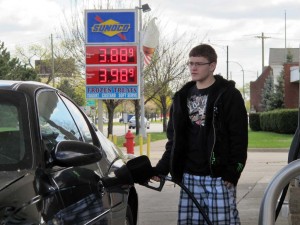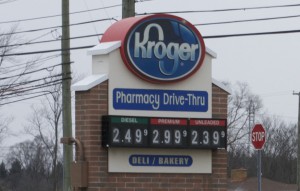
Folks are going to be spending more on gasoline in the weeks ahead as Iran sanctions and summer blends are pushing prices higher.
The price of gasoline continues to climb with a gallon of gasoline costing 50 cents more than it did at this time last year.
At $2.87, the national gas price average jumped 6 cents on the week in part due to the White House’s decision to re-impose sanctions on Iran, according to AAA’s weekly survey.
“The Administration’s move combined with the switchover to summer blend, growing global demand and shrinking supply continues to fuel pump prices as we approach the summer driving season,” said Jeanette Casselano, AAA spokesperson.
“AAA predicts that the national average may reach $3 a gallon this summer, especially if crude oil prices continue to increase,” she added.
(Ten automakers met with Trump to talk CAFE. Click Here to see what happened.)
Motorists are seeing 19% of gas stations selling gas for $3.01 or more and the price of gasoline 16 cents higher than one month ago and 53 cents more than one year ago. As a result, 36 states are seeing gas prices that are a nickel or more expensive than last week, AAA reported.
Prices at the pump now top $3 per gallon all of the nation’s 10 most expensive markets with California at $3.69 per gallon. Hawaii at $3.67 per gallon, Washington at $3.38, Alaska at $3.31, Nevada at $3.30, Oregon at $3.28, Utah at $3.15, Idaho at $3.14, Connecticut at $3.04 and Pennsylvania at $3.04.
The rising gasoline prices are also beginning to have an impact on the economy.
(Click Here for more on rising demand, shrinking supply causing surge in fuel prices.)
The federal tax reform package signed into law late last year reduced rates for individuals and married couples. The average middle-class American is expected to save about $930 in 2018 taxes under the law, according to the Tax Policy Center.
The jump in gasoline prices the past year, if sustained, would cost the average American $450 a year, offsetting about half the tax benefit, Mark Zandi, chief economist of Moody’s Analytics, said in an interview published last week.
Higher gasoline prices also contribute to inflationary pressures, making it more likely that the Federal Reserve Board will boost interest rates.
(Motorists want calmer more comfortable commutes, finds new study. Click Here for more.)
Meanwhile, the price of crude oil climbed to new highs for 2018 last week, following President Donald Trump’s decision to re-impose economic sanctions on Iran and withdraw the U.S. from the Iran Nuclear Deal in a move that could limit the amount of crude oil available on world markets.



“…growing global demand and shrinking supply continues to fuel pump prices…” One of the factors rarely mentioned is that the average fuel mileage in this country is slowly dropping. The large number of consumers who decided to purchase a large, heavy vehicle did so knowing that, since fuel prices are low, they can afford the monthly gas bill. With China and India continuing to increase their need for motorized transportation, the demand may well continue to rise, with the resulting increase in price. If the demand, and therefor the price, abruptly rises, the US manufacturers, now so committed to larger trucks and SUVs, may find themselves in the same position they were in in 1973.
Surprisingly, fuel economy is holding steady or even rising, according to data tracked monthly by the University of Michigan Transportation Research Institute. But the rapid growth of the early decade has clearly ended. One thing that helps is that motorists quite frequently downsize when moving from sedans to SUVs. A Camry owner will frequently opt for a RAV4, for example, so any mileage gap is minimized and, in many cases, the trade might actually result in an increase in mileage for that driver.
Paul E.
The gas guzzling options have narrowed a bit as well. Two months ago, I traded in my 6 cyl. 2010 Hyundai Santa Fe for a Ford Escape. There’s no 6 cyl. option anymore, but got the Ecoboost 2.0l which has more torque, roughly similar horsepower and picked up 5-8 MPG in the process.
My daily driver is still my 2014 Volt, and when I replace that, it will likely be… Another Volt. 🙂
Allen,
You don’t have to go back to 1973, go back to 2007 ~ 2008. Seems quite a bit has been forgotten over the last 10 years…